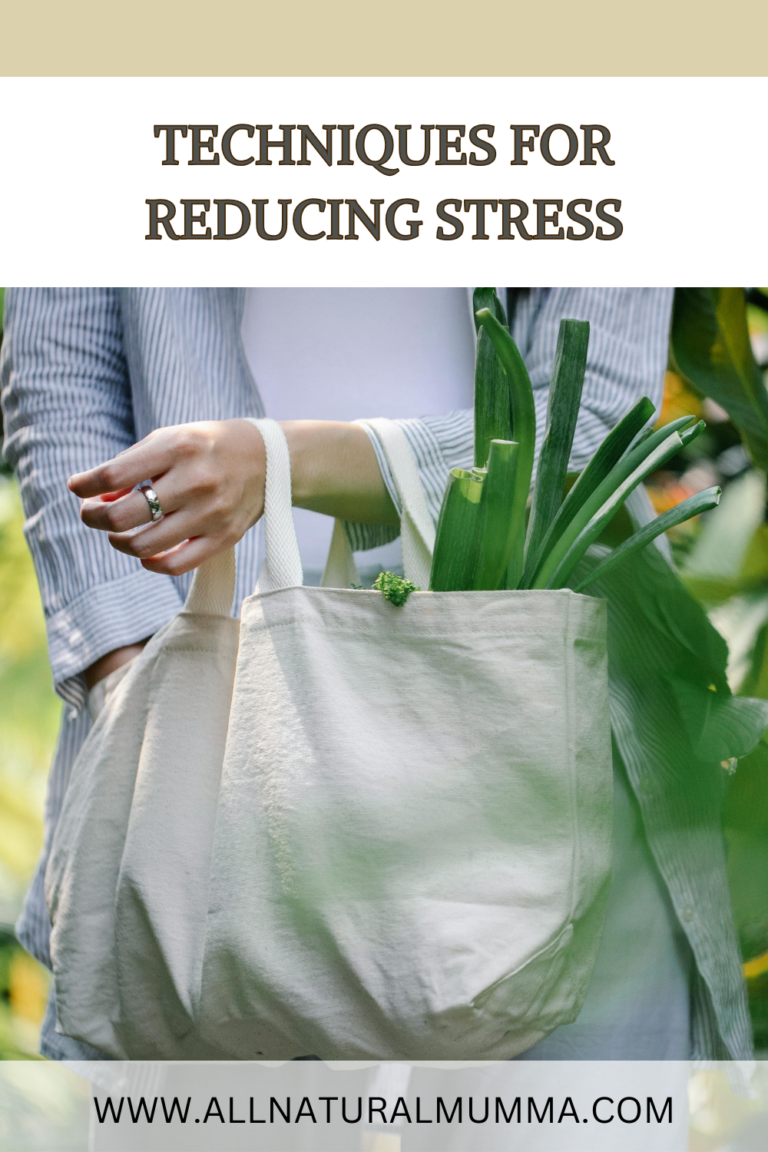What if I told you that just a few moments each day could transform your health, boost your mood, and make you feel like the best version of yourself? That’s the magic of self-care—a gift you give yourself that keeps on giving.
But let’s be honest: between work, family, and the endless to-do list, self-care often feels like another task. The trick? Start small and keep it simple. You don’t need a spa day or hours of free time—just a commitment to prioritise you.
WHY SELF CARE MATTERS
Taking care of yourself isn’t selfish—it’s essential. By tending to your mental and physical health, you’re better equipped to show up for others and tackle life’s challenges with energy and grace. Think of it as filling your cup so you can pour into others without running dry.
SIMPLE STEPS TO START YOUR ROUTINE
RISE AND SHINE MINDFULLY: Begin your day with 5 minutes of deep breathing or gentle stretching. It’s a calming way to set the tone for a peaceful, focused day.
HYDRATE LIKE A BOSS: Start your morning with a glass of warm water and lemon to kickstart your digestion and refresh your body after sleep.
SCHEDULE ME TIME: Block out 15 minutes daily for an activity you love—reading, walking, or even dancing to your favourite song in the kitchen. (Yes, it counts!)
NOURISH YOUR BODY: Prep a healthy snack or meal that fuels your energy. A handful of nuts, a green smoothie, or a hearty soup can work wonders.
UNWIND WITH INTENTION: At the end of the day, create a relaxing ritual—a warm bath, journaling, or sipping a soothing herbal tea. It signals your body that it’s time to rest and recharge.
BONUS TIP: START SMALL
Self-care isn’t about perfection; it’s about progress. Choose one practice to try this week and build from there. The more you incorporate these small moments of care, the more they’ll become second nature.
Your self-care routine doesn’t have to be elaborate or time-consuming. It’s about tuning into what your mind and body need and showing up for yourself daily. You deserve to feel good, inside and out!
What’s your favourite way to practice self-care? I’d love to hear—send me a message and share your tips!











